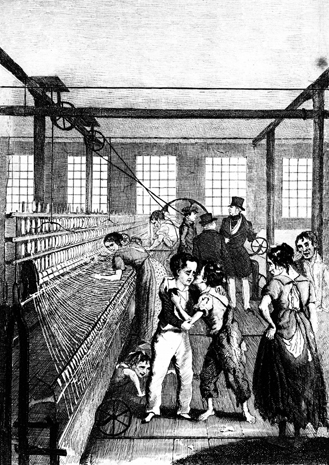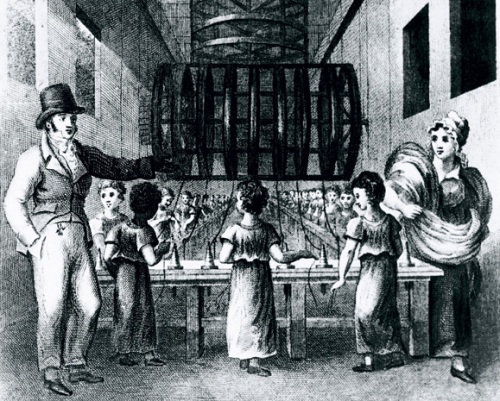By the time Charles Dickens turned ten, his family had lived in six different houses, each poorer than the one before. Although Charles’ father John Dickens was employed as a clerk in the Navy Pay Office, he lived well beyond his means. Plus, the family kept growing; there were eight children in all, which meant many mouths to feed.
Then, in 1822, John Dickens was transferred to London and the family followed. Things went rapidly downhill. John Dickens was soon in debt up to his eyeballs. He informed Charles that he no longer could afford to send him to school. This broke Charles’ heart. The headmaster at his school had already recognized Charles’ special intelligence and imagination and Charles wanted to be a man of letters.
To pay the butcher and the baker, Charles was sent with armloads of books to sell at the pawnshop. Charles was humiliated and heartbroken. Gone were the wonderful hours in his little attic room in Chatham, reading tales of heroes like Robinson Crusoe and Peregrine Pickle. Now he was forced to part with his beloved stories, his only escape from the drudgery of his life. The books were soon followed by all the household goods, sold in an attempt to pay off the family’s debts, and keep John Dickens out of debtors’ prison.

In this 1840 engraving, 'Love Conquered Fear,' fictional character Michael Armstrong, a boy adopted by the mill owner, is shown embracing his brother Edward who is one of the ragged factory boys working amongst the spinning mules. By Michael's foot, a child can be seen crawling out from under a mule, employed to keep the floor under the mules dust and fiber free to minimise risk of fire. These poor boys often suffered horrific injuries when crushed by the moving machinery. From Frances Trollope's ''The Life and Adventures of Michael Armstrong'' London 1840.
Then, in “an evil hour for me,” Charles was offered work at Warren’s Blacking Factory at six shillings a week, or about $1.40. Charles’ parents jumped at the offer. Charles remembers:
“It is wonderful [shocking] to me how I could have been so easily cast away at such an age….My mother and father were quite satisfied. They could hardly have been more so if I had been twenty years of age, distinguished at a grammar-school, and going to Cambridge.”
No one – no neighbors, friends, or family members reached out to save Charles from this terrible fate. So, on Feb. 9, 1824, at the tender age of twelve, he entered the business world to earn wages for the family. From eight in the morning until eight at night, six days a week, Charles worked alongside rough boys in a dark room covering pots of boot polish and gluing on labels. The work conditions were appalling:
“The blacking-warehouse was the last house on the left-hand side of the way, at old Hungerford Stairs. It was a crazy, tumble-down old house, abutting of course on the river, and literally overrun with rats. Its wainscoted rooms, and its rotten floors and staircase, and the old gray rats swarming down in the cellars, and the sound of their squeaking and scuffling coming up the stairs at all times, and the dirt and decay of the place,rise up visibly before me, as if I were there again. The counting-house was on the first floor, looking over the coal-barges and the river.”

- Victorian children are shown working in a cotton mill. At the beginning of British Queen Victoria’s reign (1837), many children worked in factories for cheap wages. Some workers were as young as five. Few citizens questioned the practice of employing children at the time as there were no laws to protect them. The novels of British author Charles Dickens (1812-1870) with their depiction of poverty did much to bring about positive social change and improve the living conditions of the poor.
For more on Victorian child labor, click here.
Readers: For more on Charles Dickens, scroll down the right sidebar: Categories/People/Charles Dickens. Enjoy!



















